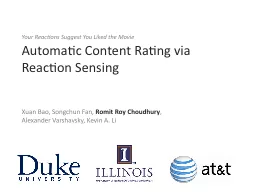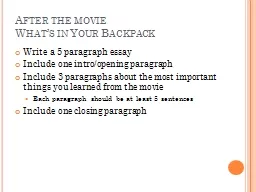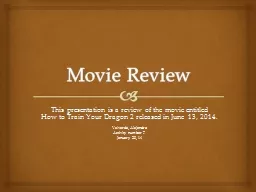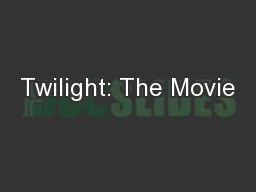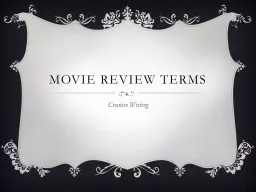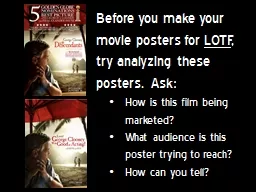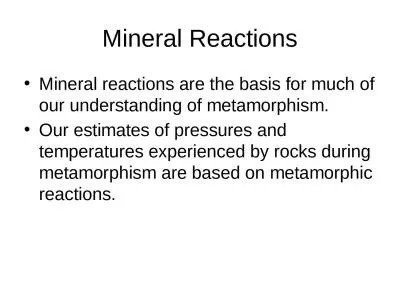PPT-Your Reactions Suggest You Liked the Movie
Author : tatyana-admore | Published Date : 2018-03-11
Automatic Content Rating via Reaction Sensing Xuan Bao Songchun Fan Romit Roy Choudhury Alexander Varshavsky Kevin A Li Rating Online Content Movies
Presentation Embed Code
Download Presentation
Download Presentation The PPT/PDF document "Your Reactions Suggest You Liked the Mov..." is the property of its rightful owner. Permission is granted to download and print the materials on this website for personal, non-commercial use only, and to display it on your personal computer provided you do not modify the materials and that you retain all copyright notices contained in the materials. By downloading content from our website, you accept the terms of this agreement.
Your Reactions Suggest You Liked the Movie: Transcript
Download Rules Of Document
"Your Reactions Suggest You Liked the Movie"The content belongs to its owner. You may download and print it for personal use, without modification, and keep all copyright notices. By downloading, you agree to these terms.
Related Documents

